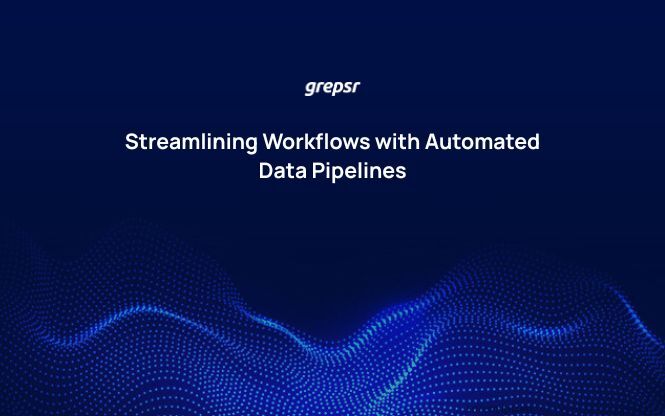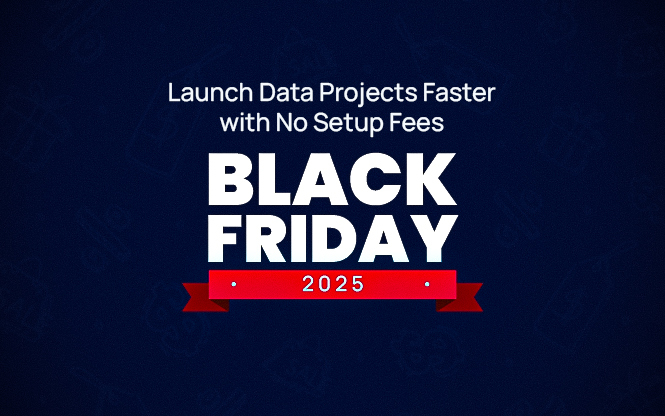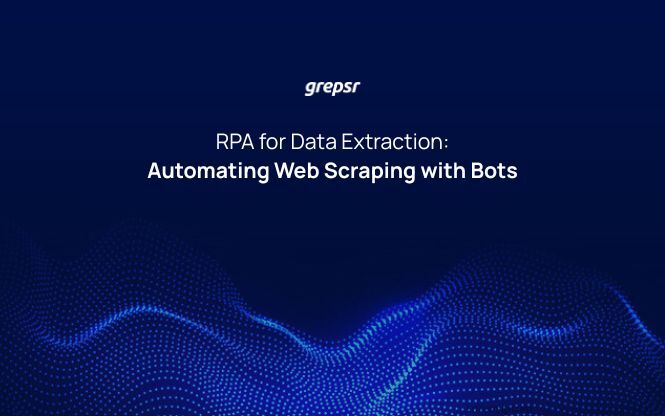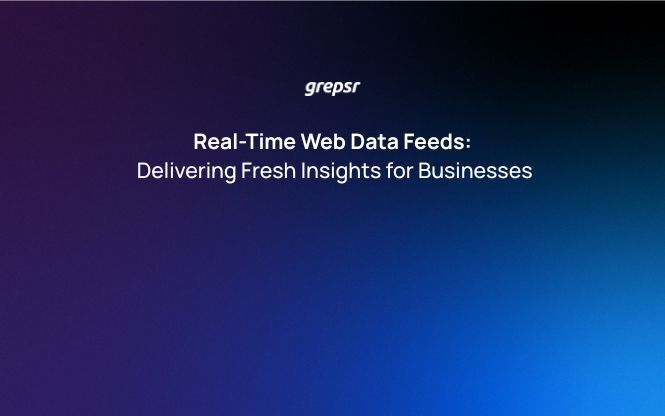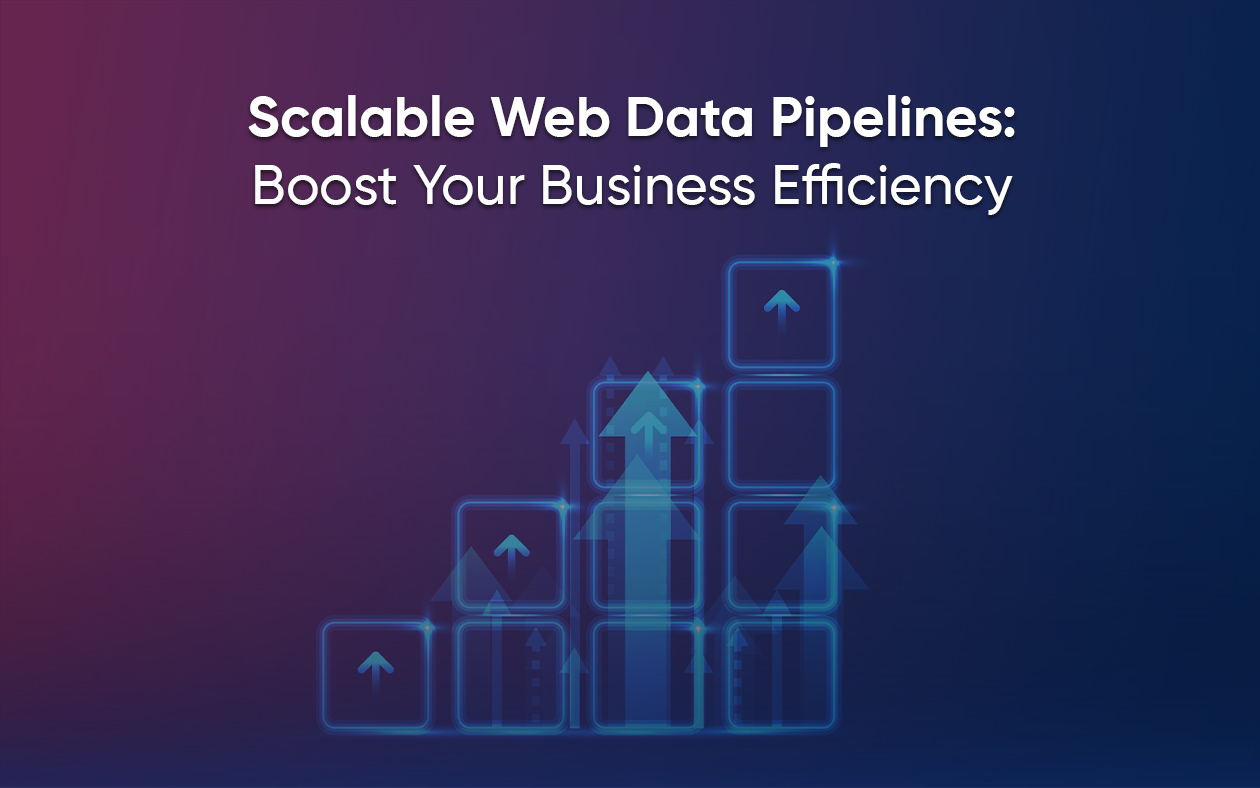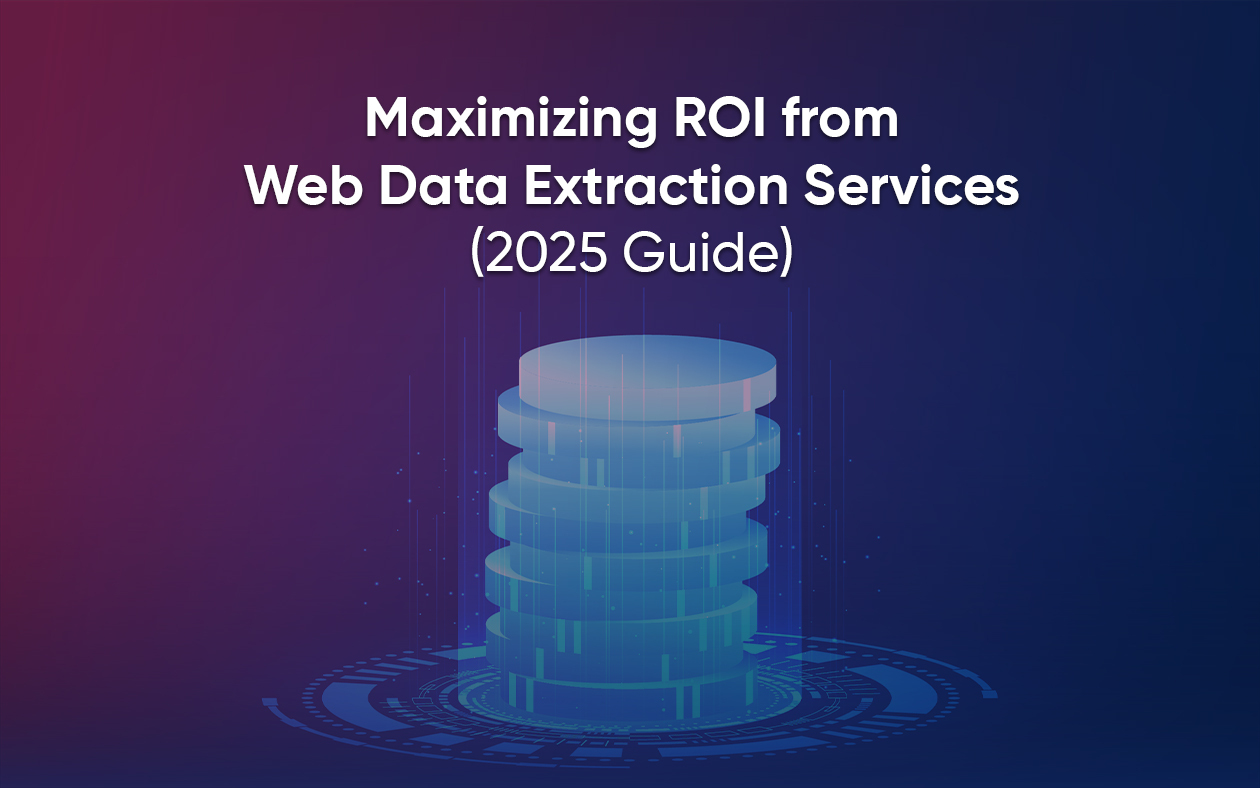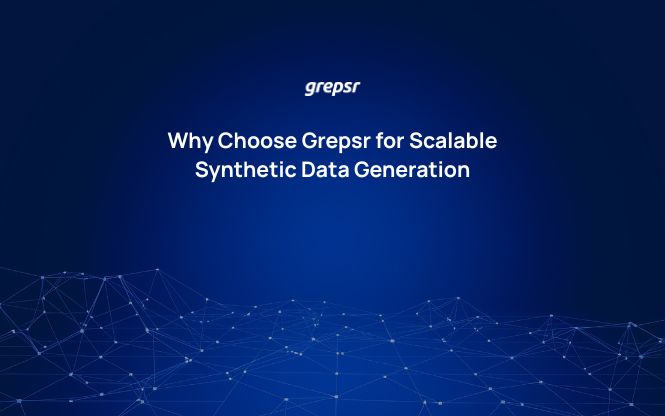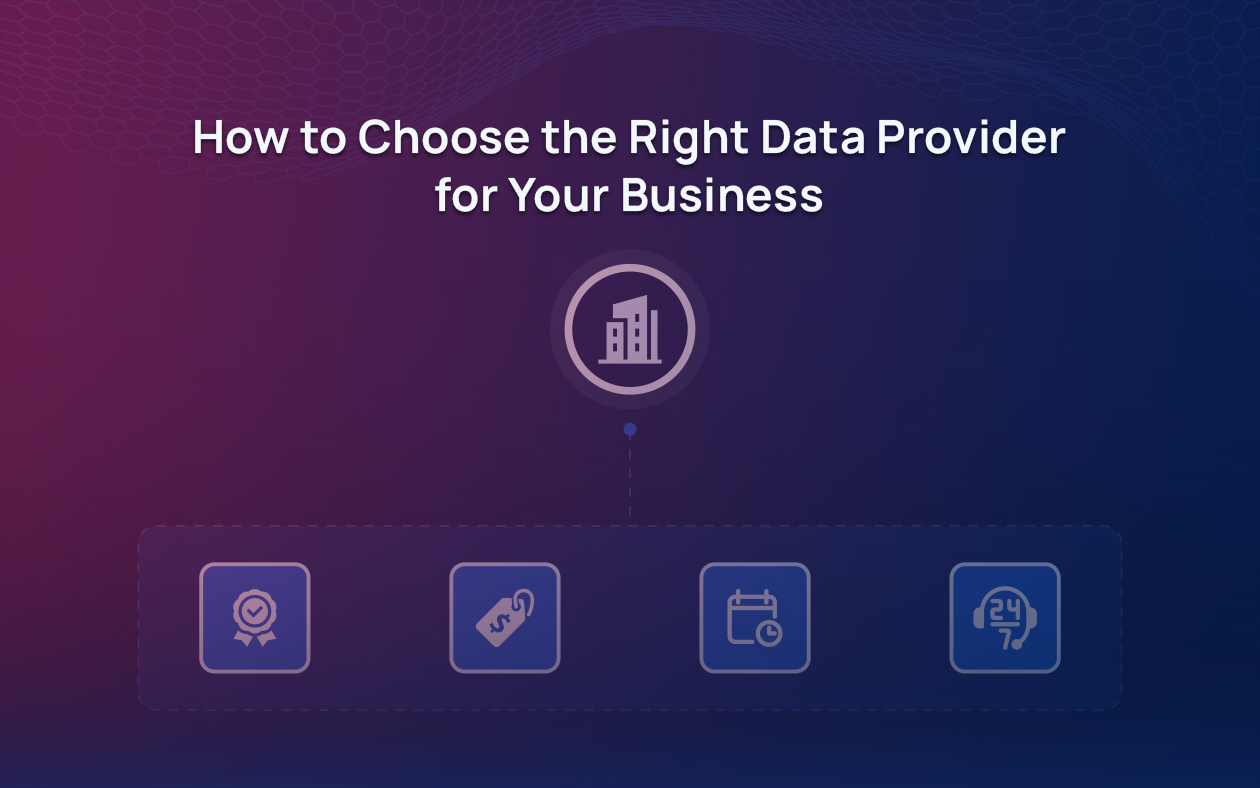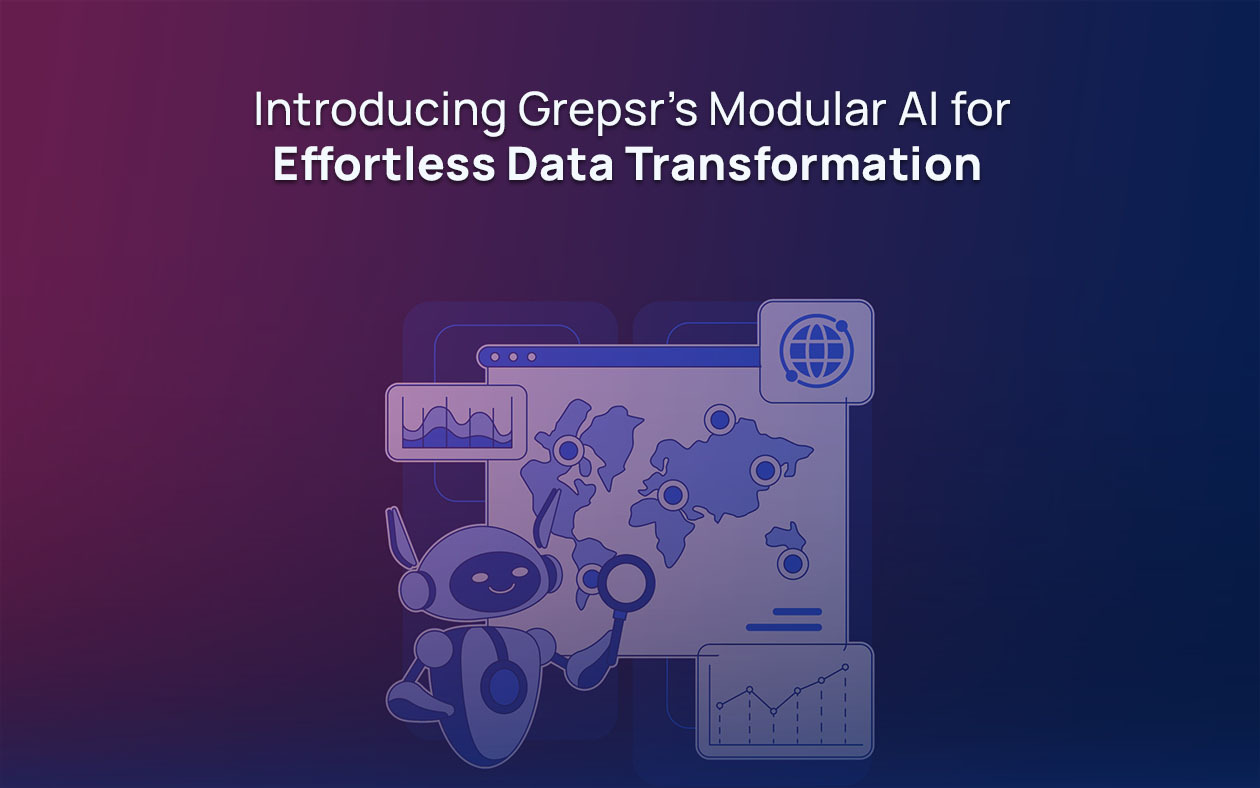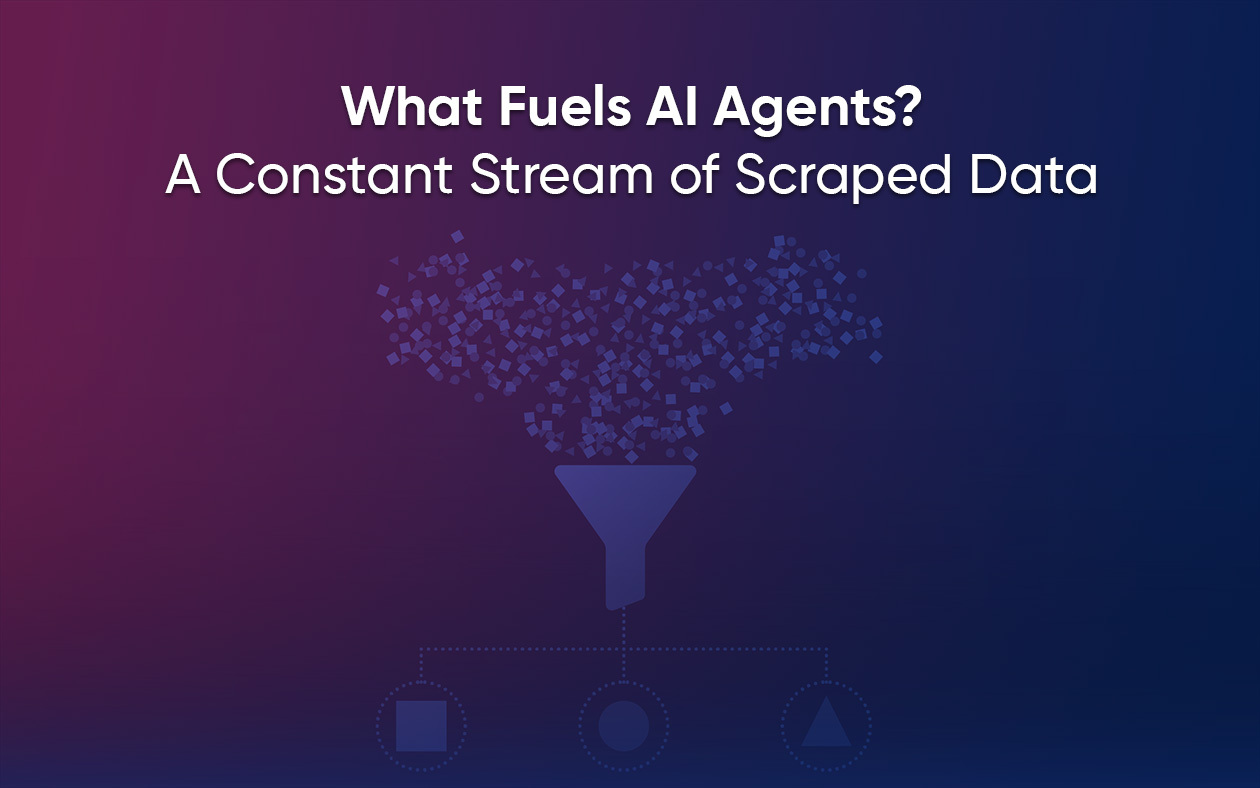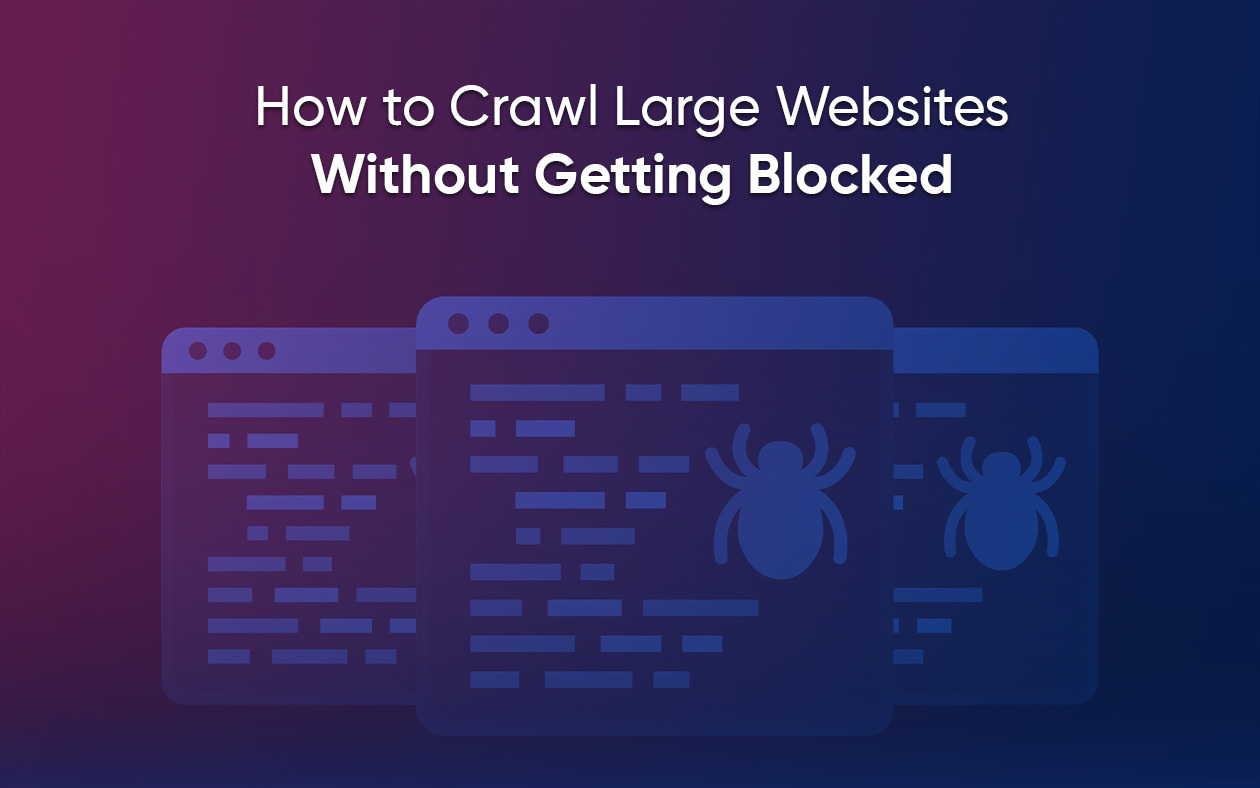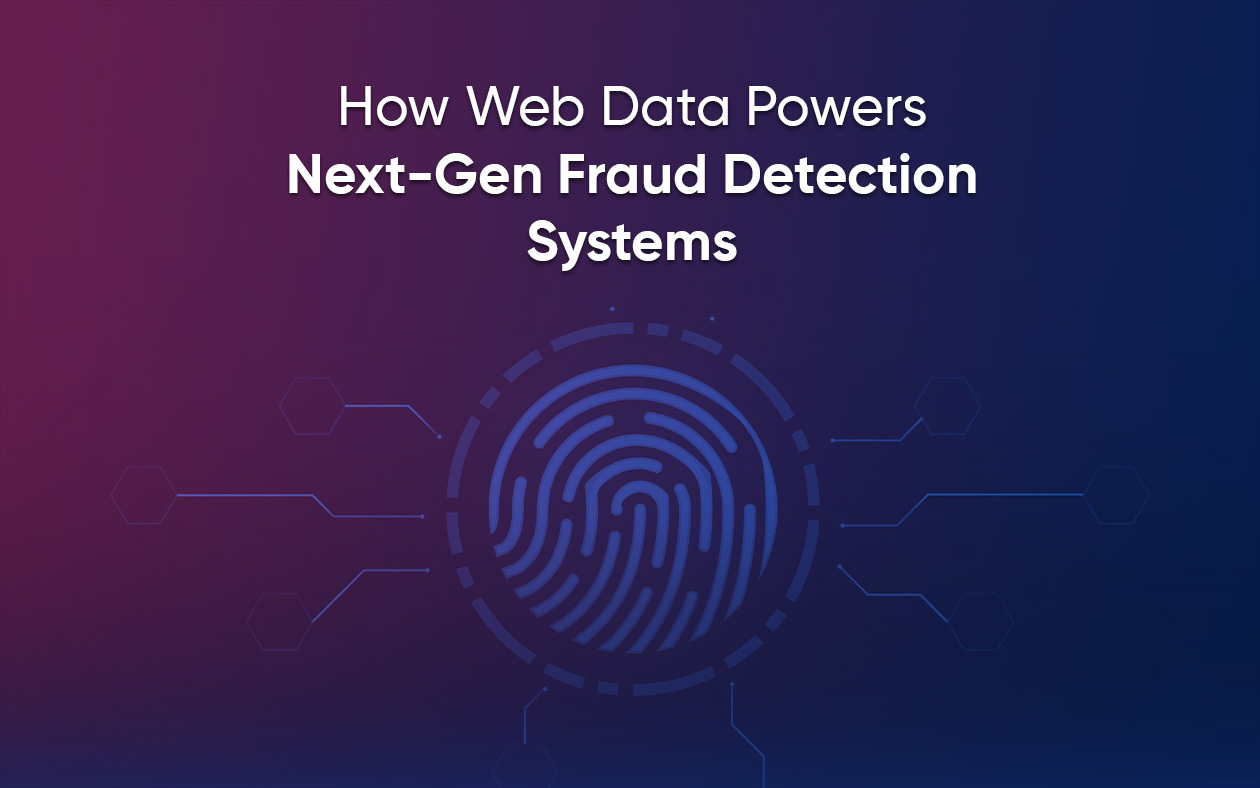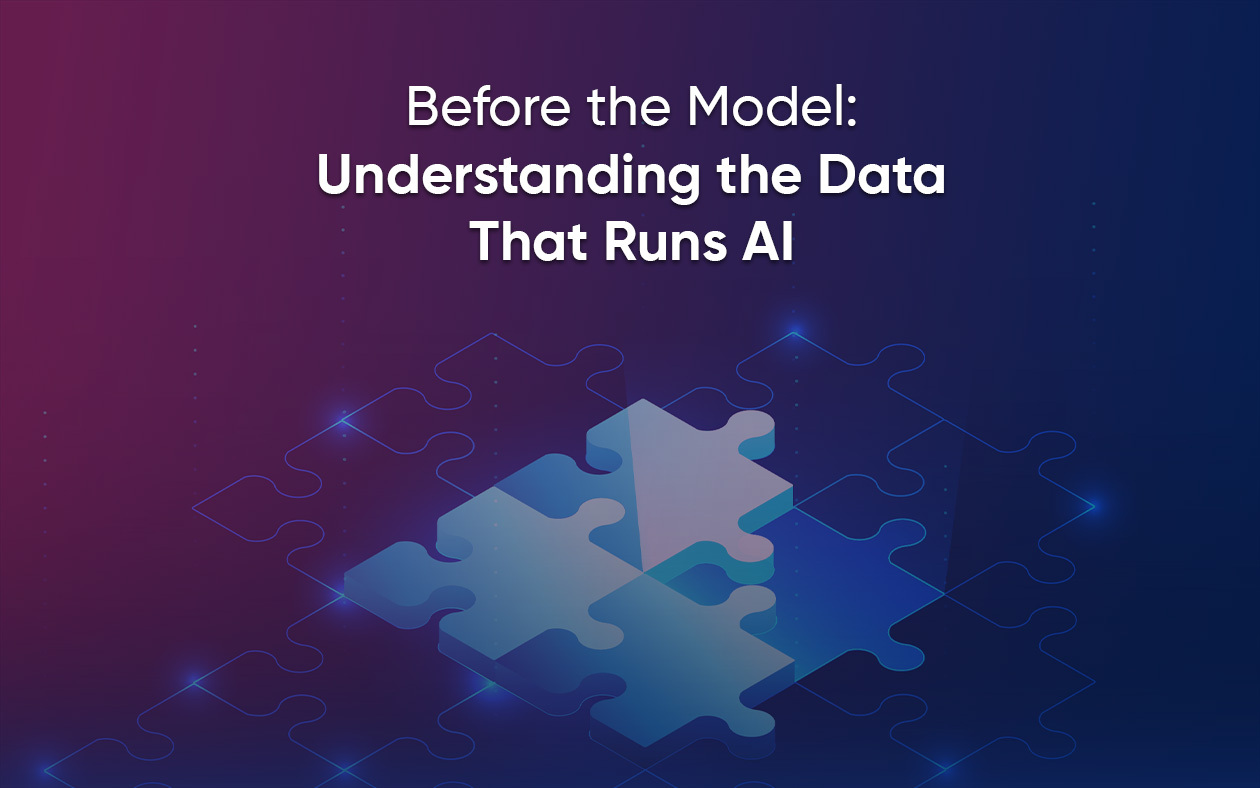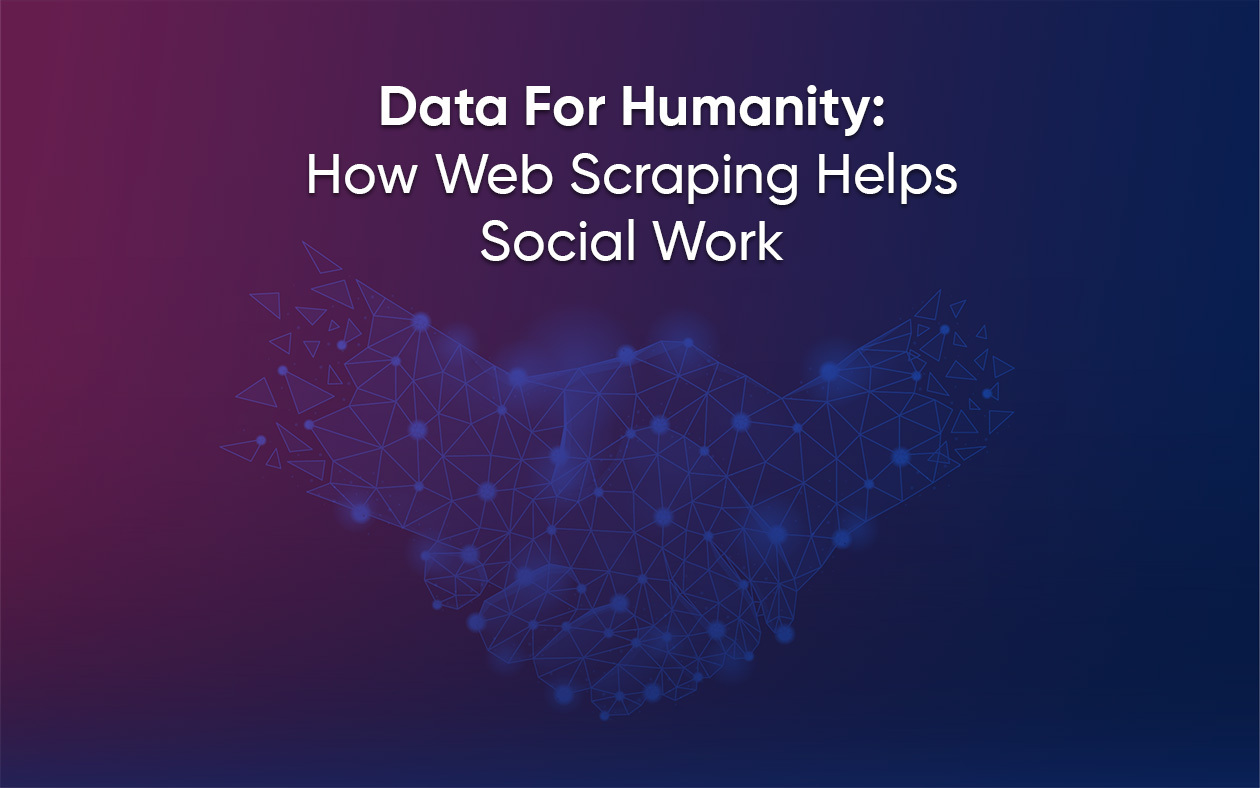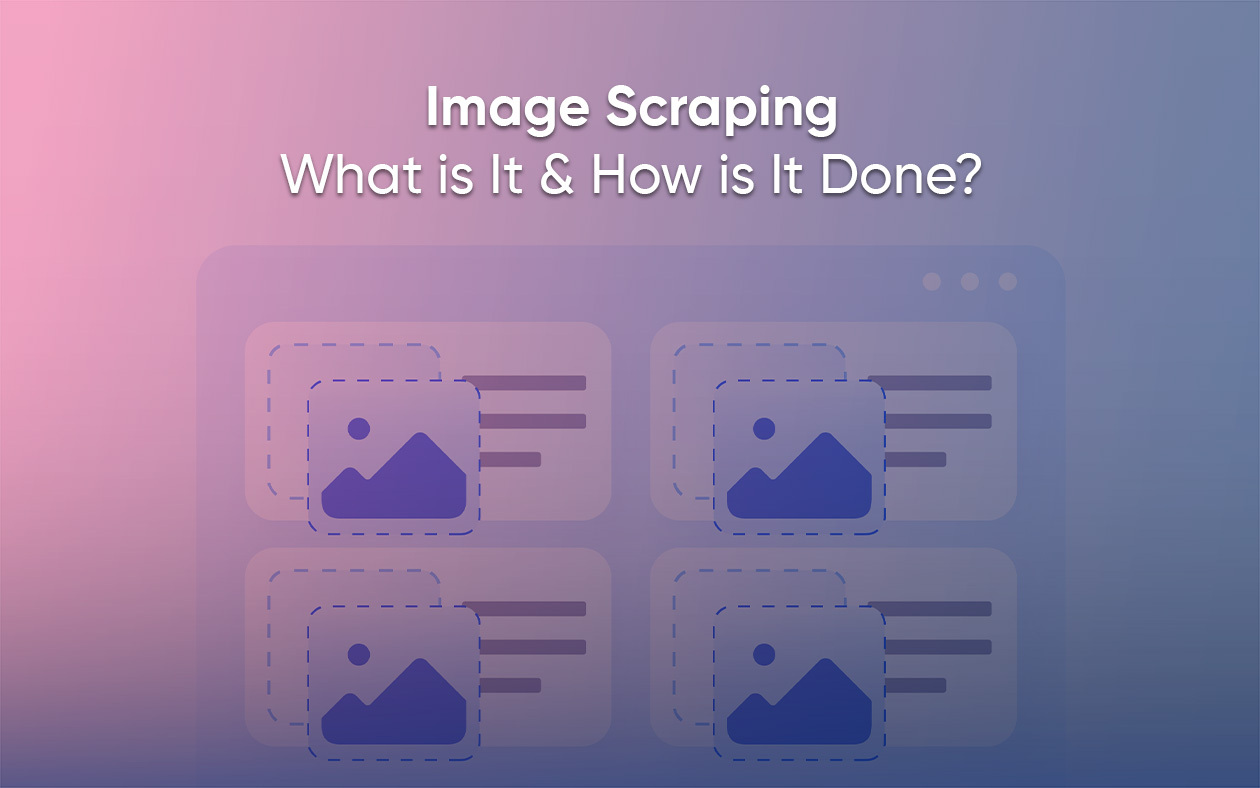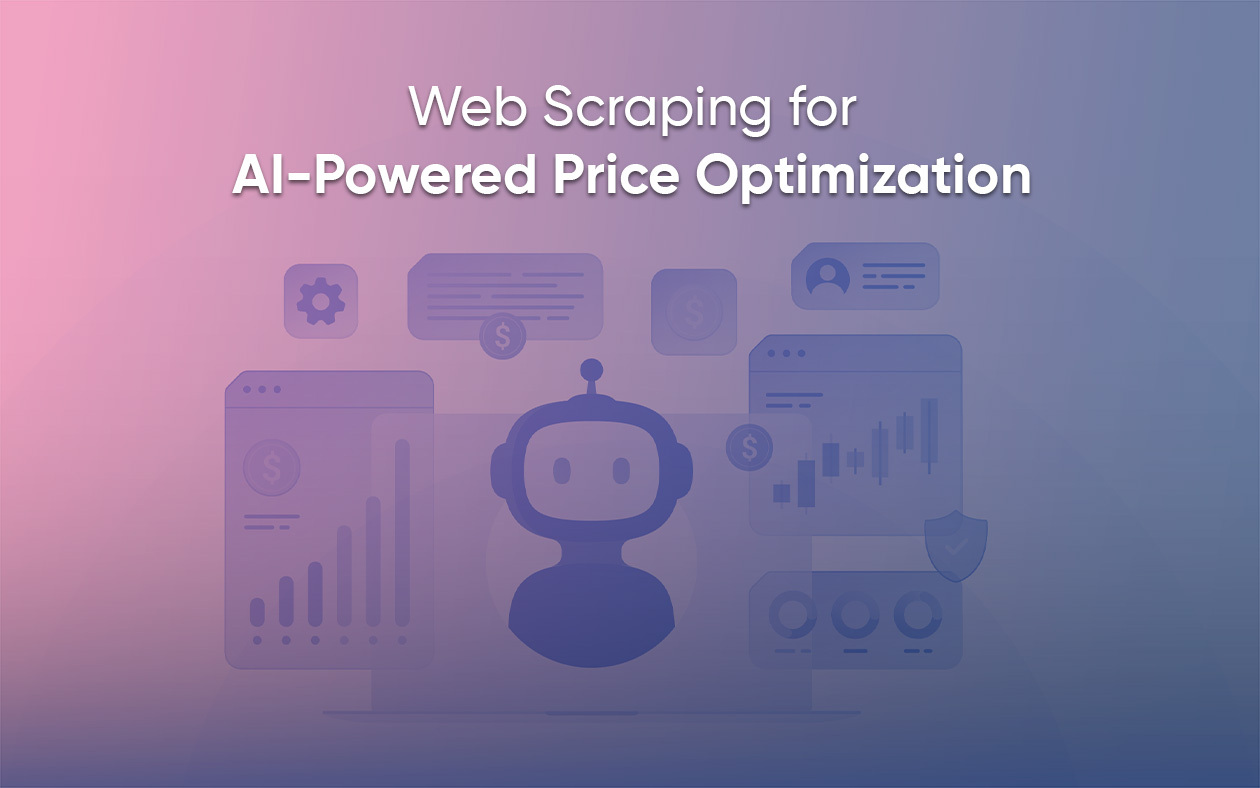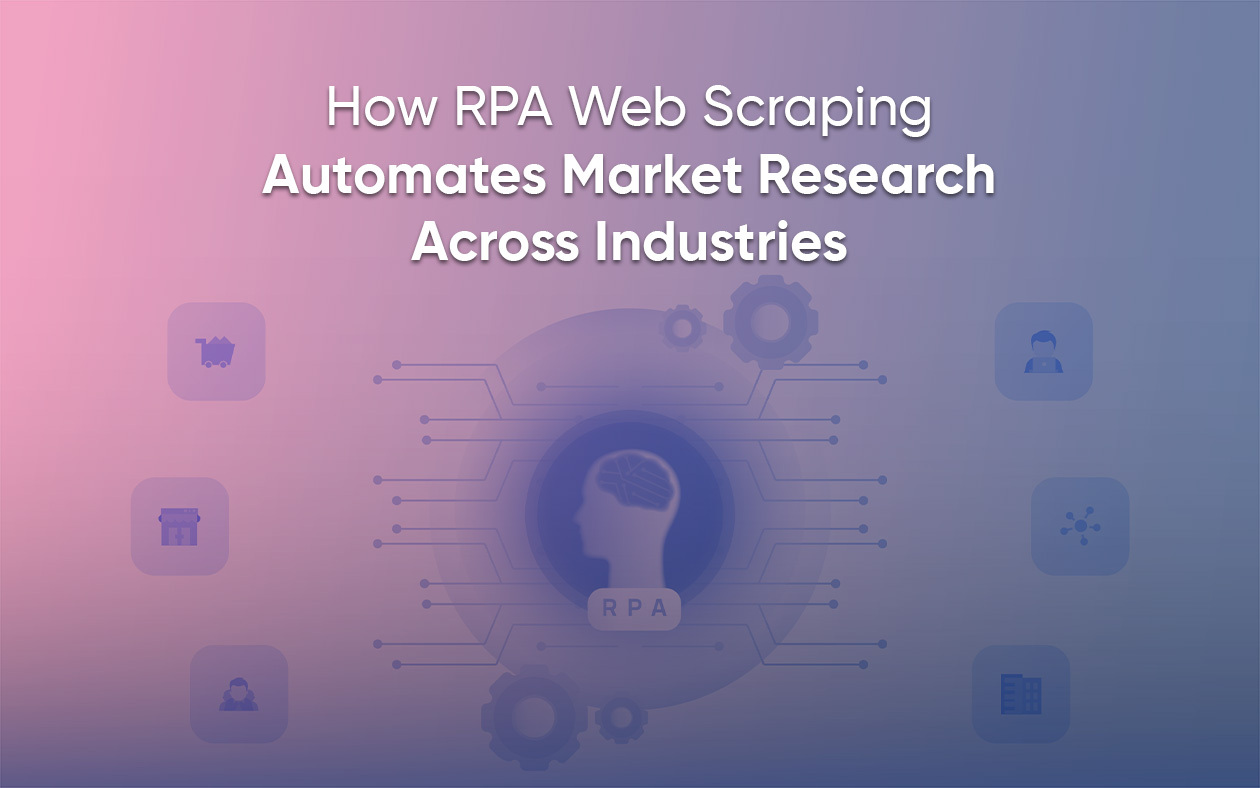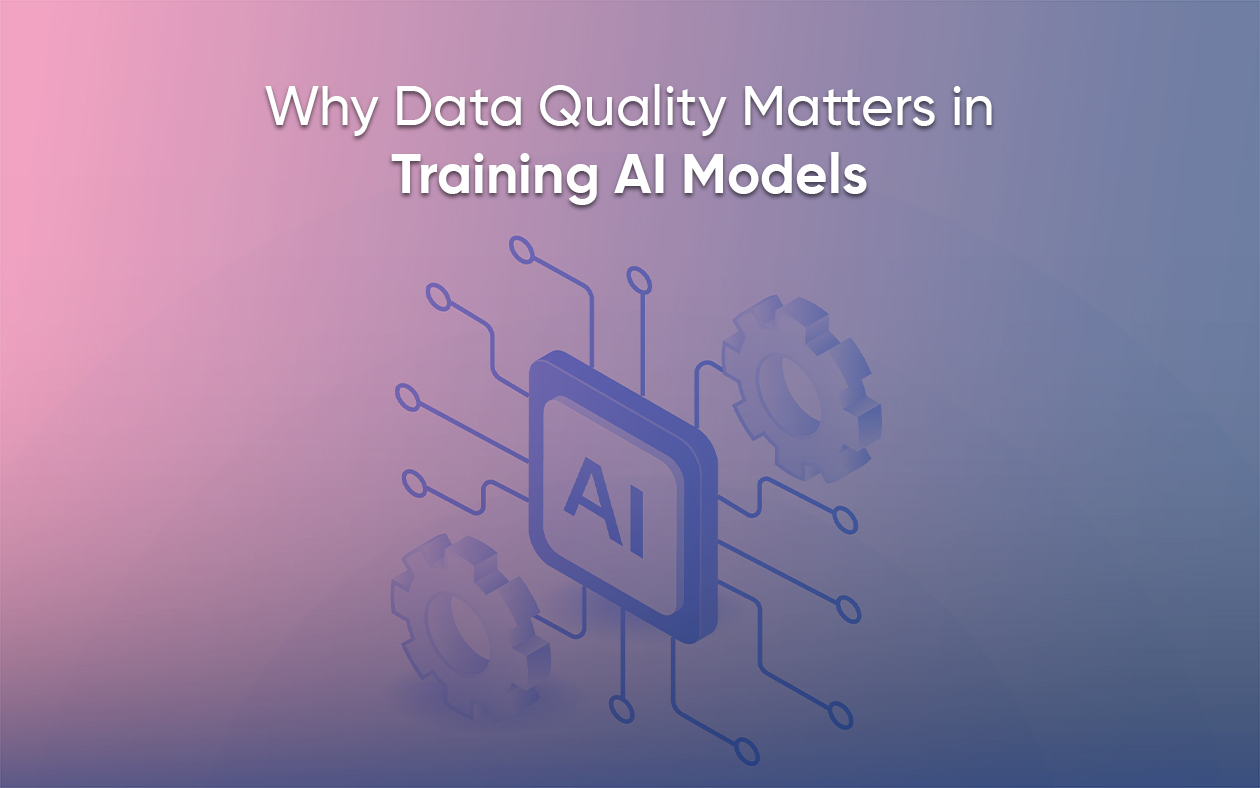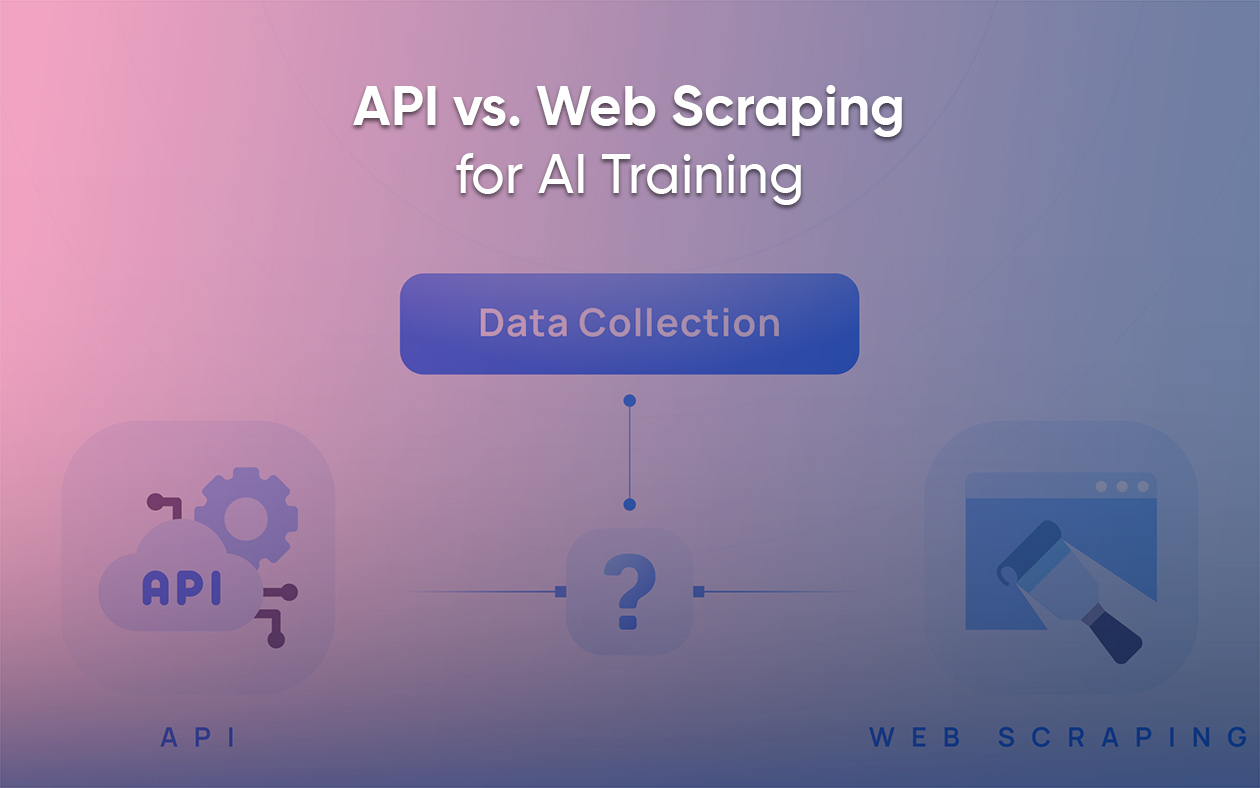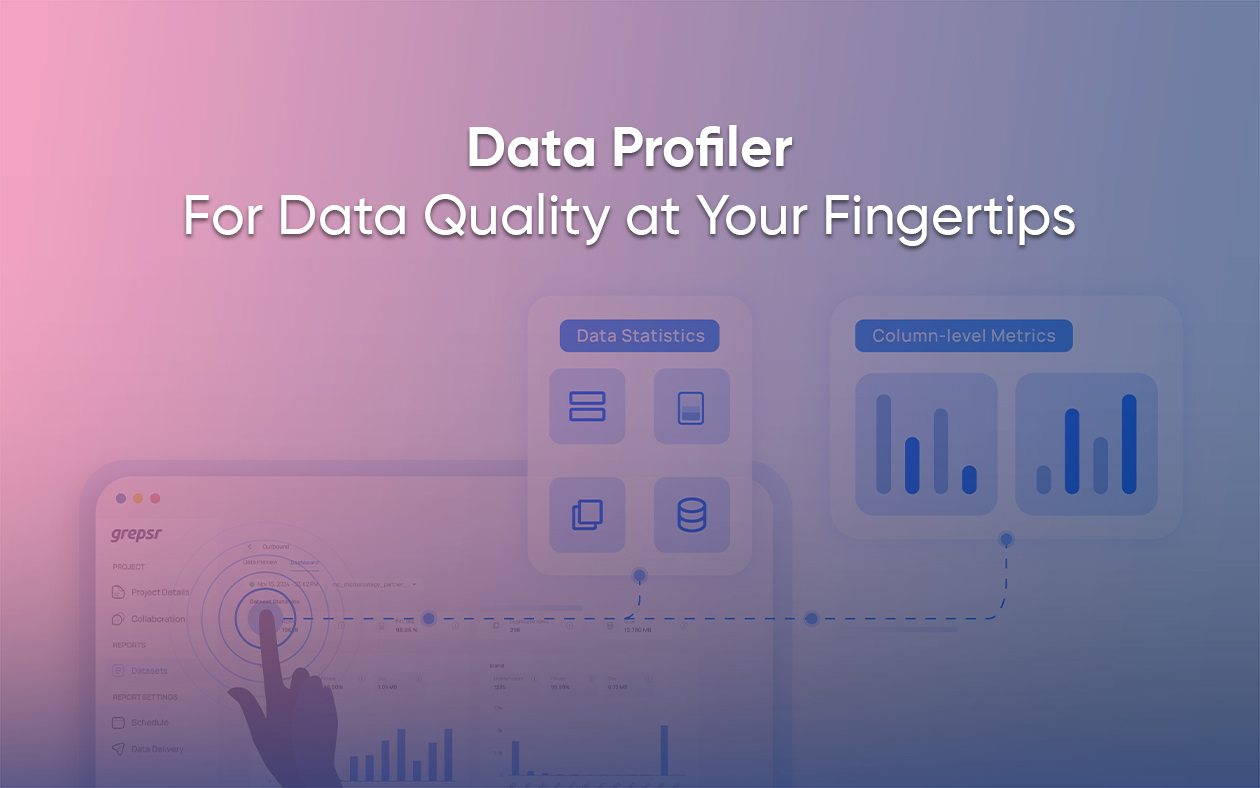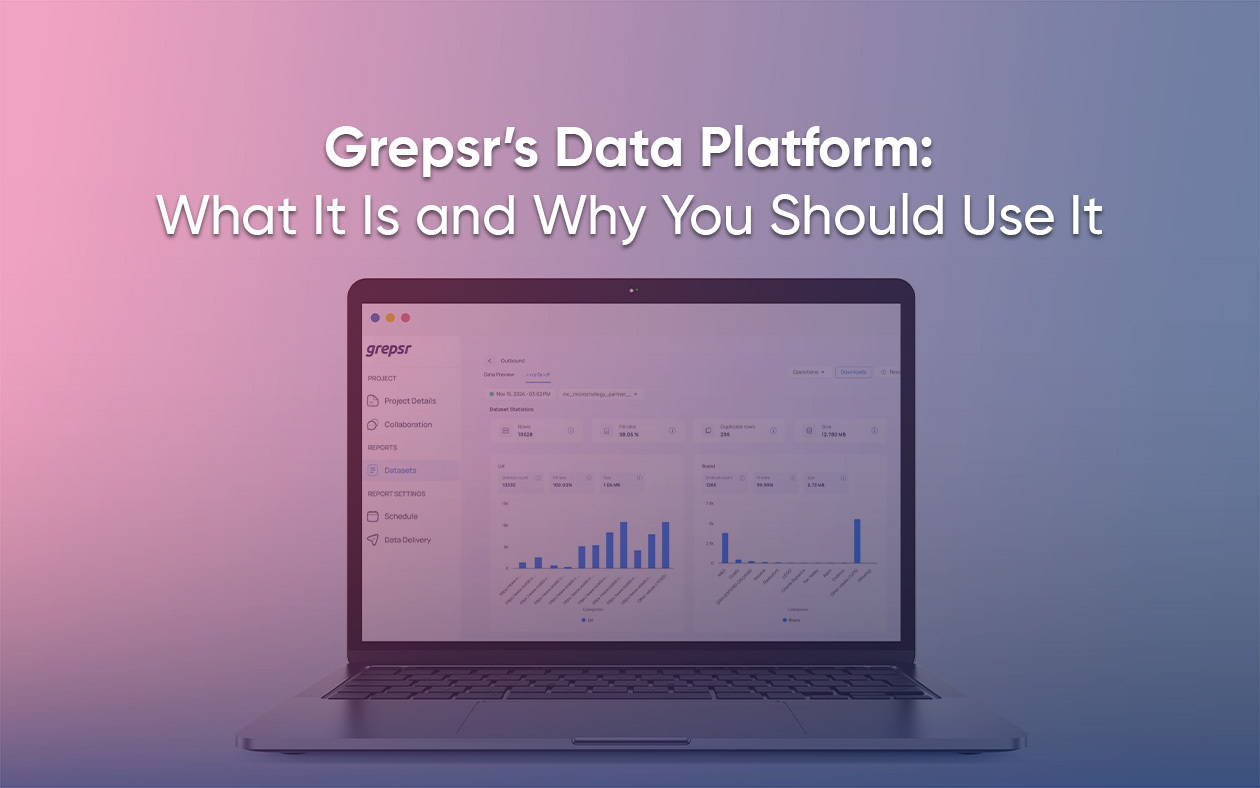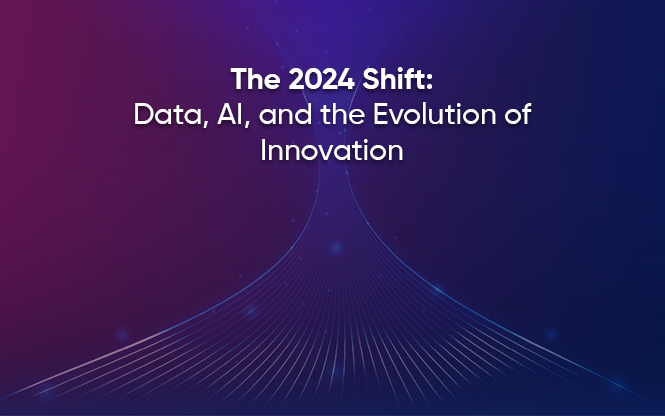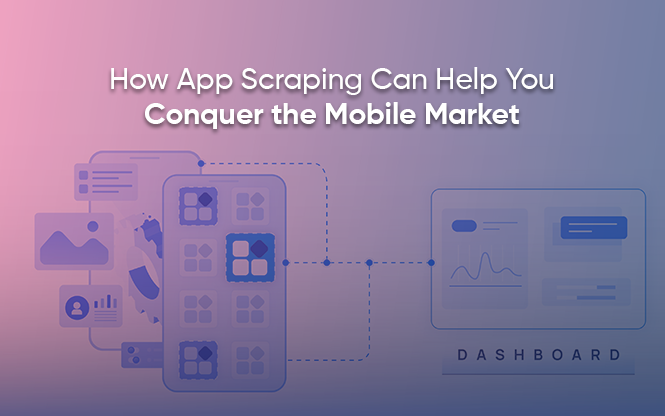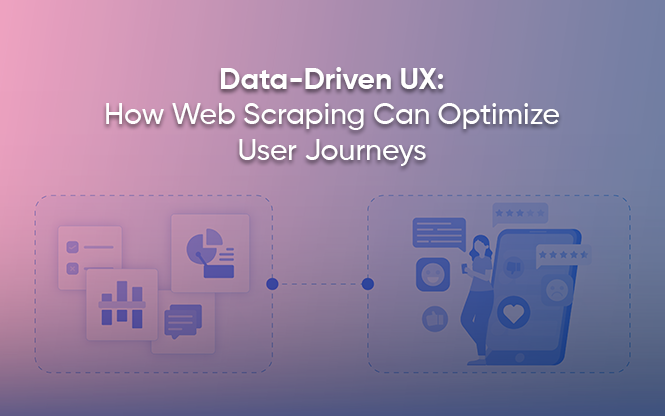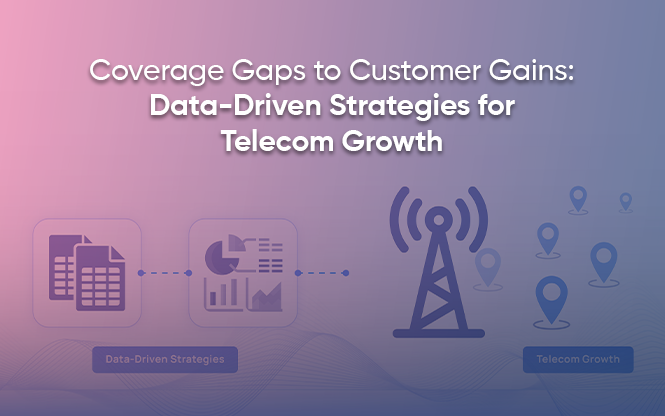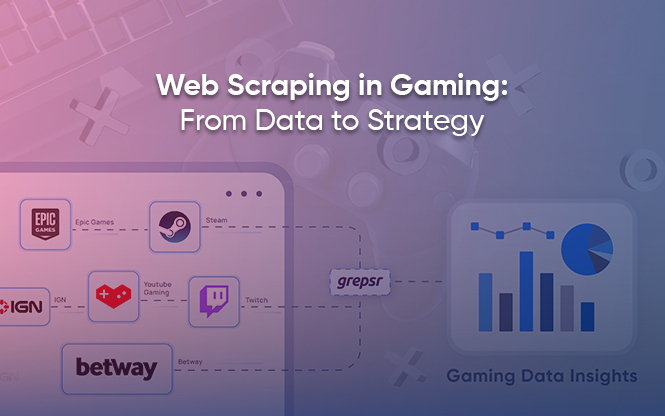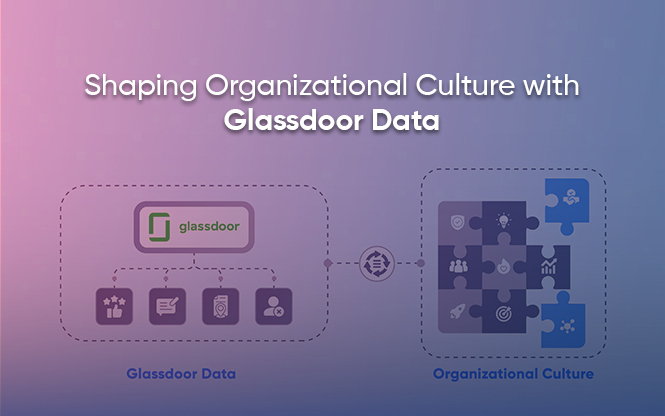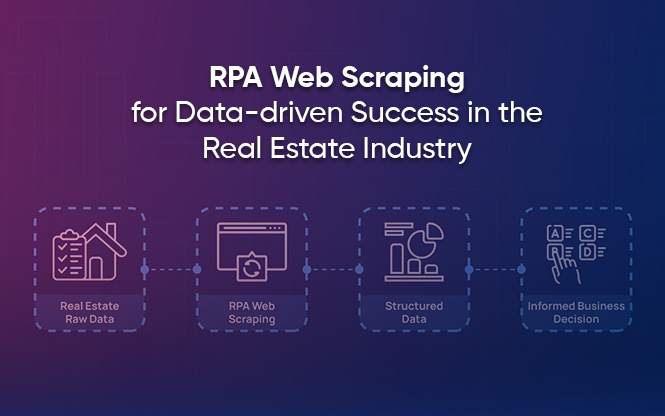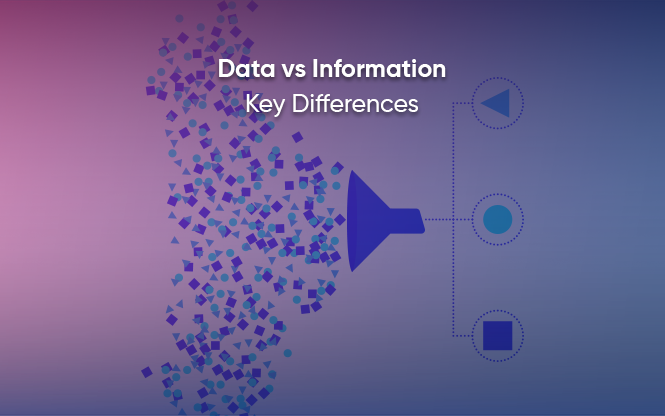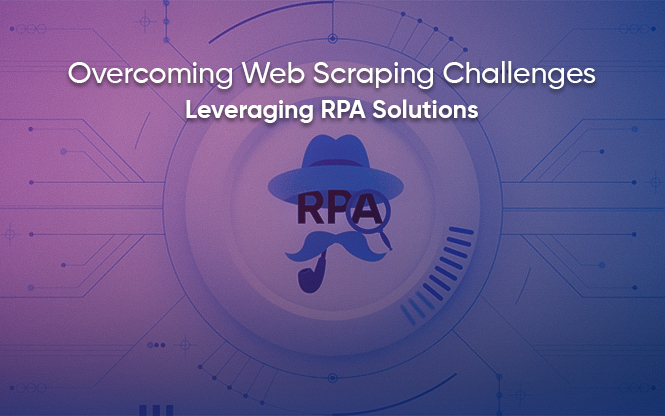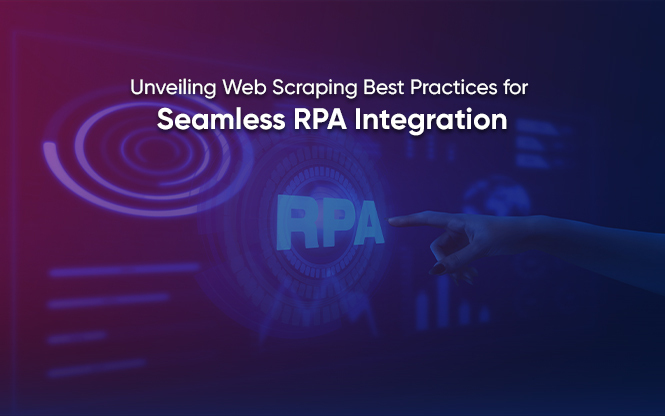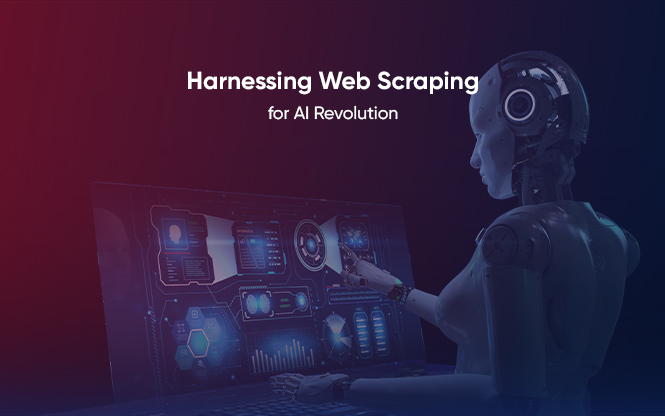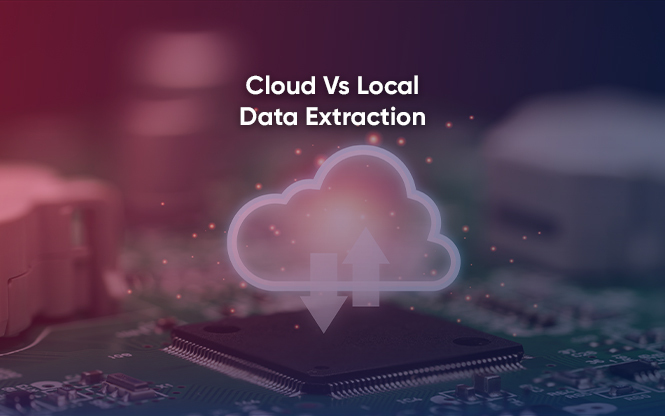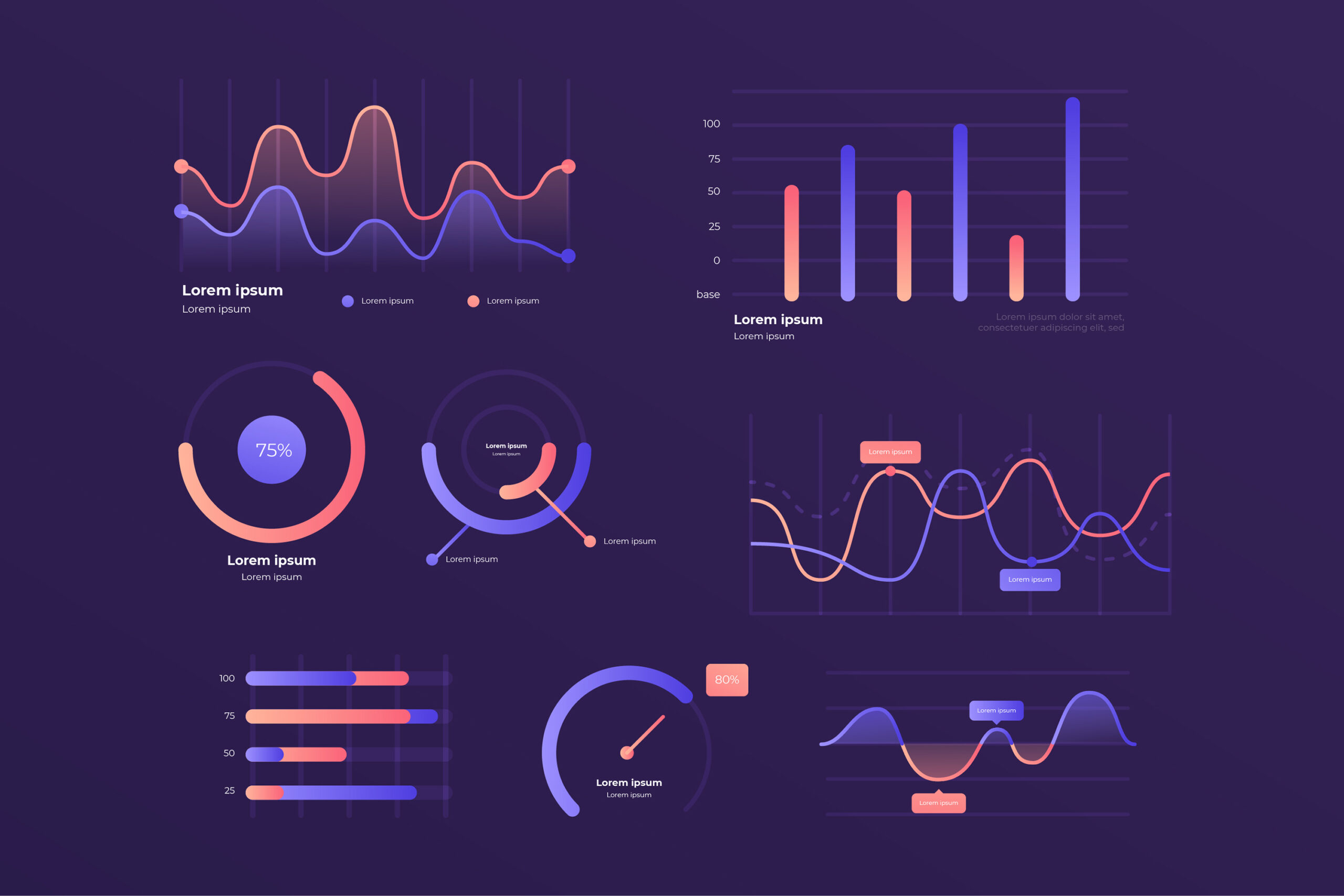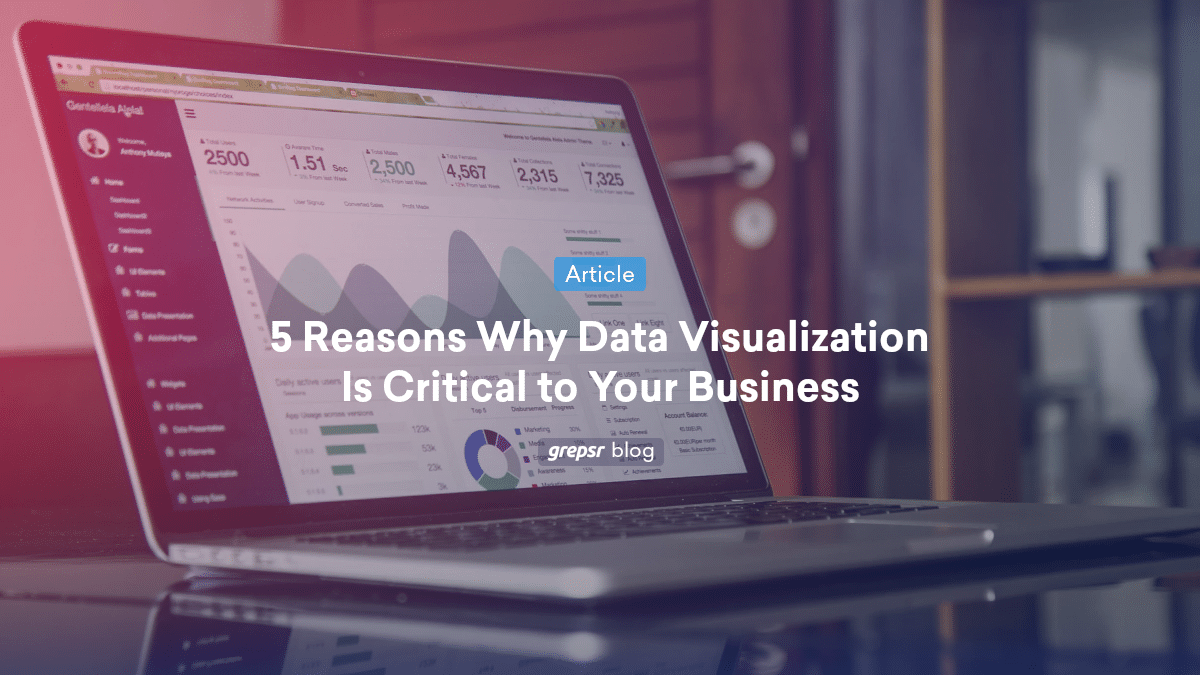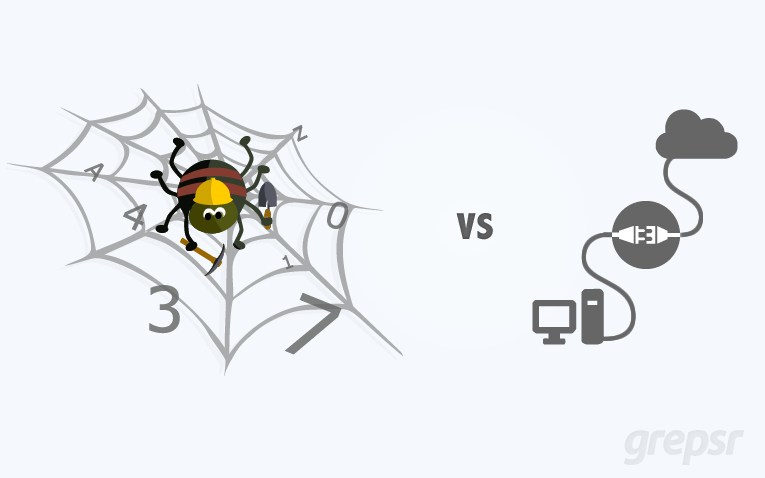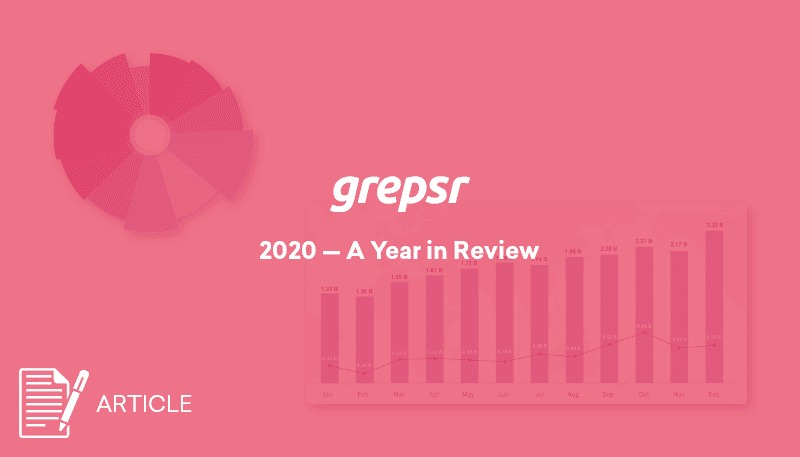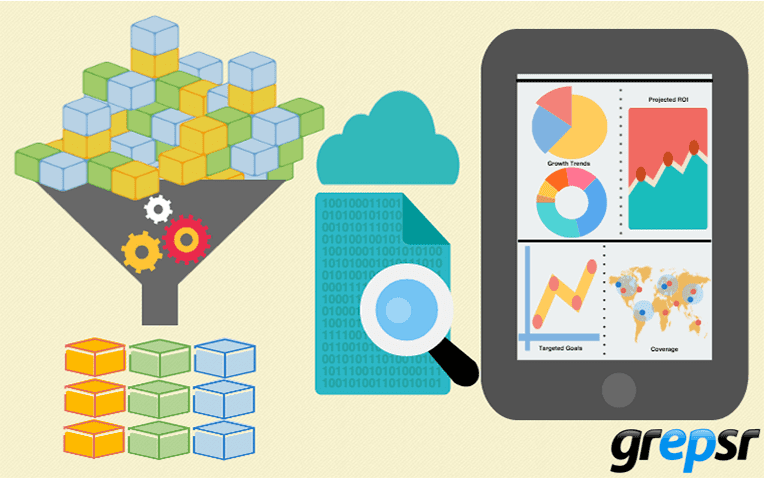What if your scraper could notice a layout change before your team does? What if it could find the right fields, validate them, and deliver usable data without manual fixes? With AI web scraping and machine learning scraping, that is precisely what happens.
Models guide navigation, detect entities, and automate checks so your data arrives clean and consistent. Your team spends less time patching selectors and more time building features, forecasts, and decisions that matter, while your intelligent scrapers power a reliable ML data pipeline from web data.
Understanding Machine Learning in Web Scraping
Traditional scrapers follow static rules. When a site undergoes structural changes, it fails. Machine learning scraping adds models that learn patterns in page layouts and content, then adjust as those patterns shift.
This is useful because web data drifts over time, which is similar to the concept of concept drift in machine learning. Cloud guidance recommends monitoring for drift, training–serving skew, and shifting feature distributions, and then retraining when necessary.
What is machine learning scraping?
It is the use of models to detect page types, locate data sections, extract fields from text, and recover gracefully from small layout changes. For example, a model can classify a page as “product,” locate the price block, and utilize named entity recognition to extract brand names and attributes from descriptions. Libraries like spaCy document NER as a standard method for identifying real-world entities in text.
The Role of AI in Web Scraping
Intelligent scrapers
Intelligent scrapers combine headless browser automation with models that guide navigation and extraction. Modern tools such as Playwright run real Chromium in headless mode, producing more authentic page behavior and reliably handling interactive content.
AI data automation
AI also automates cleaning and validation. Instead of manual spot checks, you define expectations and let the pipeline validate each batch. Great Expectations, for example, formalizes checks and creates human-readable data docs so teams agree on quality.
Build an ML data pipeline from web data: a practical recipe
Use this sequence to build an ML data pipeline from web data without slowing down your team.
- Source selection and permissions
Select sources that align with your specific use case. Review robots’ rules and site terms. The Robots Exclusion Protocol instructs crawlers on what is allowed, and it is not an authorization system; therefore, treat it as guidance and continue to follow the law and contracts. - Collection and rendering
Use APIs where available. For websites, use a headless browser to render dynamic pages and to interact with filters or pagination. Playwright supports Chromium, WebKit, and Firefox across major OSs, headless or headed. - Parsing and field detection
Train simple classifiers to detect page types, then apply layout models or rules. Use NER to extract entities from product descriptions, reviews, or profiles. - Validation and schema contracts
Create expectations for required fields, formats, and duplicates. Run validations on every batch and publish the results for stakeholders to review. - Monitoring for drift
Track schema changes, extraction accuracy, and model metrics. When distributions or quality scores move, treat it as drift and trigger retraining or selector updates. Cloud guidance recommends comparing serving data to a baseline and watching feature attribution changes over time. - Orchestration and scheduling
Use a scheduler that understands dependencies. Apache Airflow, for instance, triggers tasks when upstream steps are finished and runs DAGs according to a schedule, which keeps daily or hourly refreshes predictable. - Storage and delivery
Land raw and cleaned data in your warehouse or lake. Deliver curated tables and files to the teams and apps that need them.
Overcoming challenges the right way
Compliance and privacy
If personal data is in scope, follow GDPR principles such as purpose limitation, data minimization, and storage limits. Use official European Commission guidance, and plan for international transfers with approved mechanisms.
Responsible access
Respect robots’ guidance and site terms, and prefer official APIs when they meet the need. If a site uses explicit anti-bot protections, request access or adjust the scope rather than forcing through. RFC 9309 clarifies the rules and limits of robots, which helps establish internal policy.
Continuous improvement
Models improve with feedback. Label a small validation set, track precision and recall for key fields, and feed errors back into training. This keeps intelligent scrapers helpful as the web continues to evolve.
Why Grepsr for AI web scraping
If you want results without building every layer yourself, Grepsr provides clean, compliant web data and production-ready workflows.
- Web Scraping Solution: managed collection with scheduling, delivery options, and reliability practices that support ML use cases.
- Data-as-a-Service: fully managed capture and cleaning that lands data directly in your lake or warehouse on your cadence.
- Customer Stories: see how teams in retail, apps, and media run at scale with auditability and SLAs.
Keep internal links light: add these three to your CMS where they fit best.
Conclusion
AI web scraping turns static scripts into living systems that adapt, validate, and deliver. Intelligent scrapers reduce breakage, AI-driven data automation maintains consistent quality, and model monitoring prevents silent drift. Start small, wire in validations and monitoring early, and grow as your needs expand. When you want a faster path to value, Grepsr can supply the collection, checks, and delivery so your team can focus on insight, not upkeep.
Want a quick pilot that proves value in weeks, not months? Explore Grepsr’s Web Scraping Solution or Data-as-a-Service, then browse Customer Stories to see what success looks like in production.
Frequently Asked Questions
1) What is AI web scraping?
It uses machine learning and automation to collect and structure web data with greater accuracy and resilience than rule-based scripts.
2) How does machine learning scraping adapt to site changes?
Models learn layout and content patterns, then flag or recover from changes. Monitoring for drift and training–serving skew helps decide when to retrain or update logic.
3) Can intelligent scrapers handle dynamic pages?
Yes. Headless browsers, such as Playwright, render JavaScript and support realistic interactions, improving reliability on modern websites.
4) How do we keep data quality high at scale?
Run automated validations on every batch using tools that produce clear reports and alerts, then resolve issues before the data reaches dashboards.
5) What should we consider for compliance?
Follow GDPR principles, respect robots’ guidance and site terms, and use approved mechanisms for cross-border transfers when personal data is involved.






